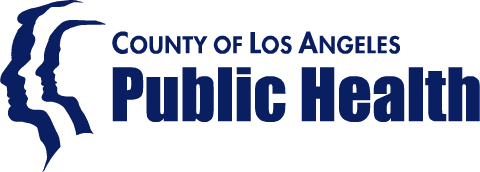The file, page, or address you are trying to view could not be found on publichealth.lacounty.gov. This may be due to one of the following reasons:
- If you followed a link that was on our site, the link may be out of date or no longer exist on our server. Please report the problem of any link(s) that are no longer working here.
- If you typed the link please check that you spelled the link correctly.
- If you used a bookmark, the book-marked page might have been moved or is out of date and no longer exists on this server.

